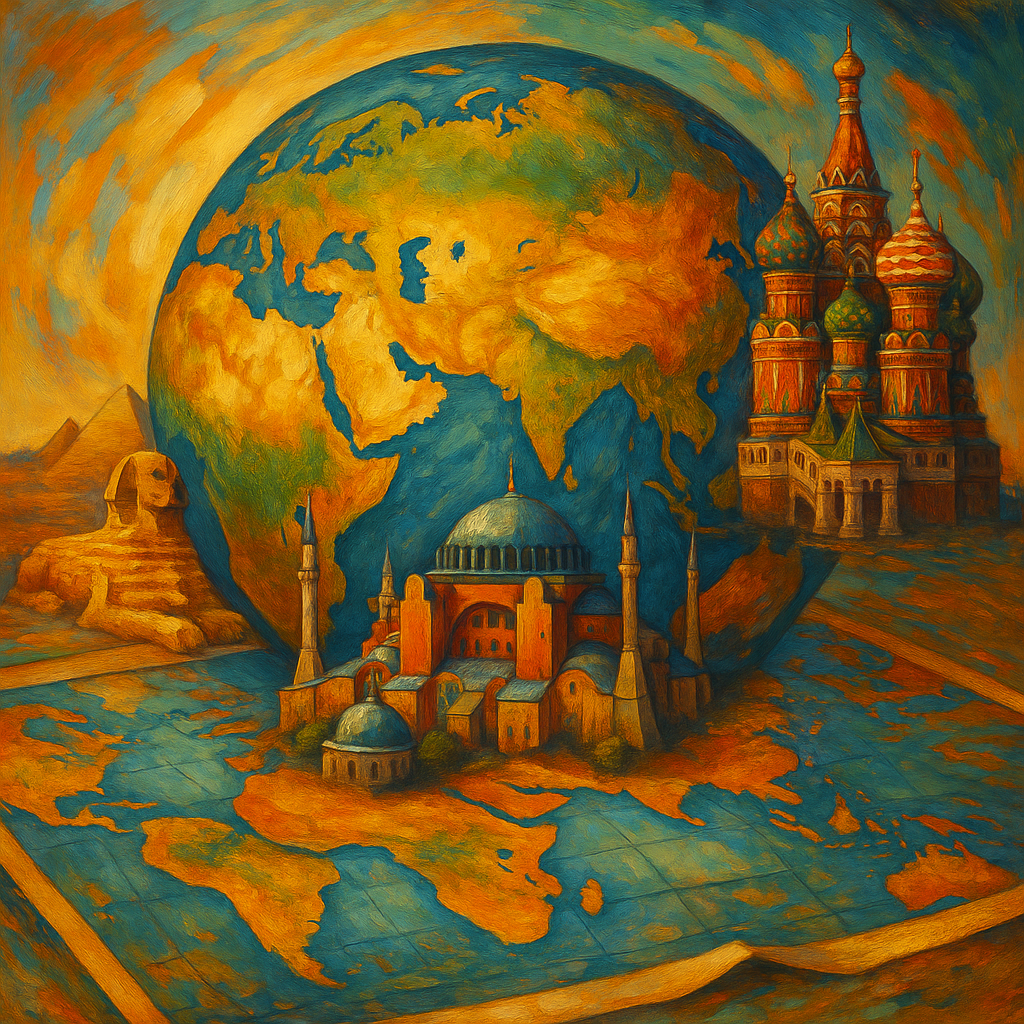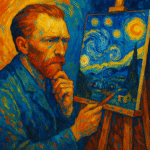Introduction
Transcontinental countries, spanning multiple continents, play a pivotal role in global geopolitics by bridging cultural, economic, and geographic divides. Understanding the complexities of these nations helps in navigating a globalized world with interwoven destinies. This comprehensive guide will explore the intricacies of transcontinental nations’ influence on global dynamics.
What Are Transcontinental Countries?
Transcontinental countries are nations that span across more than one continent, influencing diverse regions culturally and politically. Notable examples include Russia (Europe and Asia), Turkey (Europe and Asia), and Egypt (Africa and Asia).
Key Characteristics:
* Geographical Classification: Multiple continental presence.
* International Boundaries: Cross-continental political engagements.
The Geopolitical Landscape of Transcontinental Nations
Egypt: The Bridge of Continents
Egypt connects Africa and Asia, serving as a critical cultural and economic conduit between these continents. It is renowned for its ancient civilizations, like the Pharaonic period, and modern geopolitical significance.
Impact of Egypt’s Geography:
* Suez Canal: A vital trade route linking the Mediterranean Sea to the Red Sea.
* Cultural Legacy: From ancient to modern times, Egypt’s location has fostered a rich tapestry of cultural exchange.
Turkey: A Cultural Crossroads
Turkey uniquely straddles Europe and Asia, offering a rich blend of Ottoman heritage and Byzantine influences. Istanbul, as a symbolic heart, showcases the seamless blend of Eastern and Western traditions.
Cultural and Political Importance:
* Byzantine and Ottoman Legacies: Profound influences on religion, architecture, and governance.
* Strategic NATO Member: Bridging western alliances with eastern proximities.
Russia: The Largest Transcontinental Nation
Spanning Europe and Asia, Russia is the largest transcontinental country characterized by immense geographic and cultural diversity, from Siberian expanse to European influences.
Geopolitical Dynamics:
* Siberia’s Natural Resources: Abundance in oil and gas contributing to global energy supplies.
* Cultural Diversity: Over 190 ethnic groups with distinct languages and traditions.
The Effects of Globalization on Geography
How Globalization Alters Cultural Norms
Globalization interweaves diverse cultural norms, particularly in transcontinental countries where neighboring cultures intersect and blend more intensively.
Cultural Intersection Examples:
* Media Influence: Global presence in media facilitates cultural exchanges.
* Migration and Tourism: Enhanced interaction among diverse peoples leading to evolving cultural landscapes.
Economic Implications of Geography in Transcontinental Nations
Transcontinental countries leverage their unique geopolitical locations to reshape international trade routes and economic partnerships.
Economic Dynamics:
* Trade Routes: Enhanced connectivity through strategic locations promotes expansive trade networks.
* International Relations: Geopolitical positioning influences diplomatic relations and economic policies.
Modern Geography Trends
Mapping Cultural Intersections Today
New cultural intersections manifest in facets like art, religion, and daily life within transcontinental nations, reflecting a blend of traditions and modernity.
Visual and Social Cultural Extent:
* Multiculturalism: Interwoven traditions seen in daily life, promoting societal harmony.
* Artistic Expression: Synthesis of various artistic traditions fostering a new age of cultural renaissance.
The Role of Technology in Connecting Continents
Advancements in technology significantly contribute to the interconnectivity of transcontinental regions, enhancing communication and trade.
Technological Influence:
* Internet Age: Instant communication reshaping business and cultural landscapes.
* Social Media Platforms: Fostering global ideological exchanges with remarkable speed.
Unique Geography of Transcontinental Nations
Transcontinental nations face distinct geographical challenges and opportunities, such as climate diversity and natural resource allocation.
Geographic Opportunities:
* Natural Resources: Access to varied resources enhances strategic economic positioning.
* Climate Diversity: Offers broader agricultural potential and biodiversity conservation.
Conclusion
Understanding the complex geography and cultural intersections of transcontinental nations is crucial in an increasingly globalized world. These countries serve as bridges—not only between continents but also cultures, economies, and political systems.
FAQs
1. Which countries span two continents?
Russia, Turkey, and Egypt are among nations spanning different continents, impacting their geopolitical stature significantly.
2. How does globalization impact transcontinental nations?
It fosters cultural exchange, economic integration, and political realignment, reshaping traditional norms and global relationships.
3. What historical factors led to the unique geography of countries like Egypt and Turkey?
Historical conquests, trade routes, and strategic positioning have molded their unique continental ties and cultural richness.
4. Why is Russia considered a transcontinental country?
Russia extends through both Europe and Asia, featuring diverse geographical and cultural zones that define its continental identity.
5. What are the cultural impacts of being a transcontinental nation?
Hosting a blend of cultures, these nations experience enriched societal dynamics and diverse cultural narratives.
—
For deeper insights and visuals explaining the fascinating geography of transcontinental nations, follow us for more engaging content. Explore the dynamic world of geography where continents connect, cultures converge, and economies evolve.


